Keith Ross Miller AM MBE (1919–2004) is considered Australian cricket’s greatest all-rounder. Born in Melbourne, Miller made his first class debut, aged eighteen, in 1937 and was selected to play Sheffield Shield for Victoria during the 1939–40 season. Being as useful a footballer as a batsman, Miller was recruited by St Kilda, ultimately playing fifty games over four seasons with the club between 1940 and 1946. He enlisted with the RAAF in early 1942 and was deployed to England on completing his pilot training later that year. Posted to an RAF squadron, Miller flew combat planes in missions against targets in Europe, experiences that later prompted his famous response to an interviewer’s question about the pressures of Test cricket: ‘Pressure is a Messerschmitt up your arse’, he stated, ‘playing cricket is not.’ During the war, Miller played with an RAAF eleven in matches against British services teams and played in the Australian side for the ‘Victory Tests’ of 1945. His Test career commenced with his selection for the inaugural Test match against New Zealand in March 1946, with Miller taking 6 wickets for 6 runs in the first of his 55 test appearances. He retired in 1956 having made 2958 runs and taken 170 Test wickets for an average of 22.97. As notable for his charm and handsomeness as for his on-field prowess, Miller was an unpredictable opponent, reputedly more interested in sportsmanship than in winning or statistics. This characteristic is said to have caused him to clash with others – specifically, his captain during the 1948 ‘Invincibles’ tour, Don Bradman. In addition to his military and civilian honours, Miller was inducted into the Australian and International Cricket Halls of Fame; and in 2000 was named in Cricket Australia’s Team of the Century.
Max Dupain OBE (1911–1992) was one of Australia’s most successful photographers. He took up photography at age thirteen and was twenty-three when he set up his own studio in Sydney. His work during the 1930s encompassed portraits, fashion photography and advertising shots for clients such as David Jones, the ABC and the lifestyle magazine The Home. During the 1940s, he adopted a more documentary style and in the 1950s turned increasingly to architectural photography. Many of his images – such as The Sunbaker 1937 – have since become strongly associated with ideas about Australian identity and ways of life. Dupain continued to operate his studio on Sydney’s Lower North Shore until he died at the age of eighty-one.
Purchased 2008



On one level The Companion talks about the most famous and frontline Australians, but on another it tells us about ourselves.
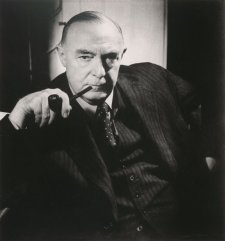
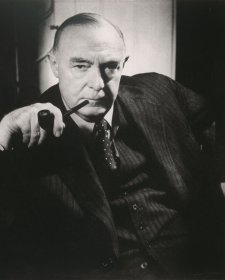
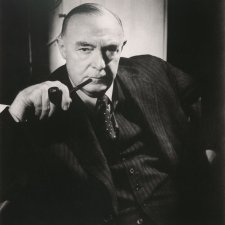
Johanna McMahon revels in history and mystery in pursuit of a suite of unknown portrait subjects.

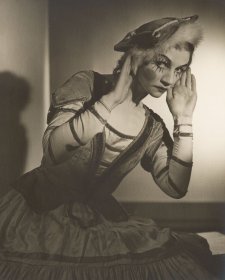
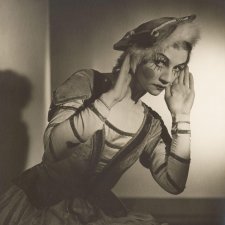
Gael Newton delves into the life and art of renowned Australian photographer, Max Dupain.